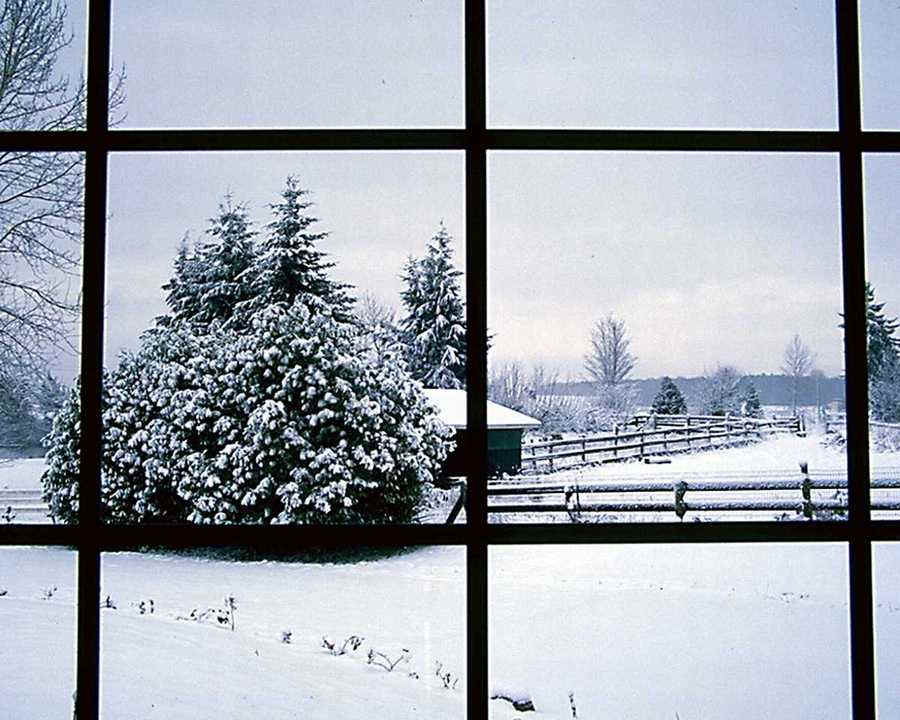Homes with waterfront views and accents are admired by
many. This is because being around water offers a
feeling of beauty, allure, and serenity. Putting up
your own water accent in your backyard, such as a fish
pond, will also add that visual appeal. Make your yard
alive with the soothing sounds of water in motion.
Make your fish pond the focal point of your backyard.

However, there are some considerations before
constructing one:
Climate
Consider the climate of your area. If your weather
experiences winter times, then it is best if you make
you fish pond deeper since the fish tend to hibernate
at the bottom of the pond and naturally stop eating
when the water temperature goes below 45 degrees.

If you live in a location where the pond will
completely freeze over, it is imperative that a hole
be created in the ice to help the fish remain alive.
In this case, aquatic plants should be removed and
placed indoors since they may not survive the cold
temperature.
Filter
Consider the filtration system of your pond. There is
what you call natural filtration where it is provided
by the action of the moving water. If this is the
case, considering the design of your system and the
climate of your area, then you do not need a filter
for the pond.
However, to know what is best for your pond, consult a
pond professional concerning filtration. There are
cartridge filters and biological filters available
from shops that provide pond supplies.
Now, to get your backyard pond started:
First step. Make intelligent decisions by educating
yourself.
Do not push through water gardening or pond building
without knowing the essentials about it. Know what
equipment are needed to be used. Find out if your yard
is appropriate to hold such an accent. Is the climate
compatible with your pond? Are you up for the regular
maintenance it needs? Take into consideration the
availability of supplies such as electricity,
filtration, and water. Decide what type of pond are
you willing to make, is it a small one? Or a large
one?
Second step. Decide on the location of your pond.
Locate your pond in an area where the sun will be able
to shine on it. Do not place it under the trees since
it will cause a cleaning nightmare due to the falling
leaves. Do not place your pond where runoff water
tends to overflow. These will accumulate in your pond
making it dirty and murky.
Determine the depth of your pond. The average depth of
a back yard pond is between 18" to 24" usually. Make
the outline of your pond and start digging it. Make
steps in order to provide easy access to the pond
during cleaning. These steps will also be perfect for
holding potted plants just above the water. Make sure
that the bottom is leveled as you dig.
Third step. Get hold of an appropriate sized pond
liner.
In order to get the right pond liner size, take the
width of your pond and add twice the depth of the
pond, and then add 24 more inches. Measuring the
length will be done using the similar formula. Now,
drape the liner over the pond. Arrange it and place
stones around the edges.
Fourth step. Fill it up with water.
Start filling the pond with water. Fold large creases
neatly and remove wrinkles as you fill the pond with
water to make it less noticeable.
Fifth step. Install the needed equipment.
After filling it up with water, place filters, pumps,
and lighting to the pond. Connect it to the
electrical supply. Then add your fish and plants, and
you are ready to go!
Enjoy!
Dan and Deanna "Marketing Unscrambled"
2 comments:
There are beautiful bouquets of lilies and full patch of wild roses opens in your backyard. But like many gardeners shy again clipping and organizing this beautiful sprays of flowers to offer to your kitchen table has always been a daunting challenge.
It is up to you to understand your climatic conditions and to consider whether you can let your pond running all winter long, or you are in need of winter and the equipment of your pool.
Pond Pumps
Post a Comment